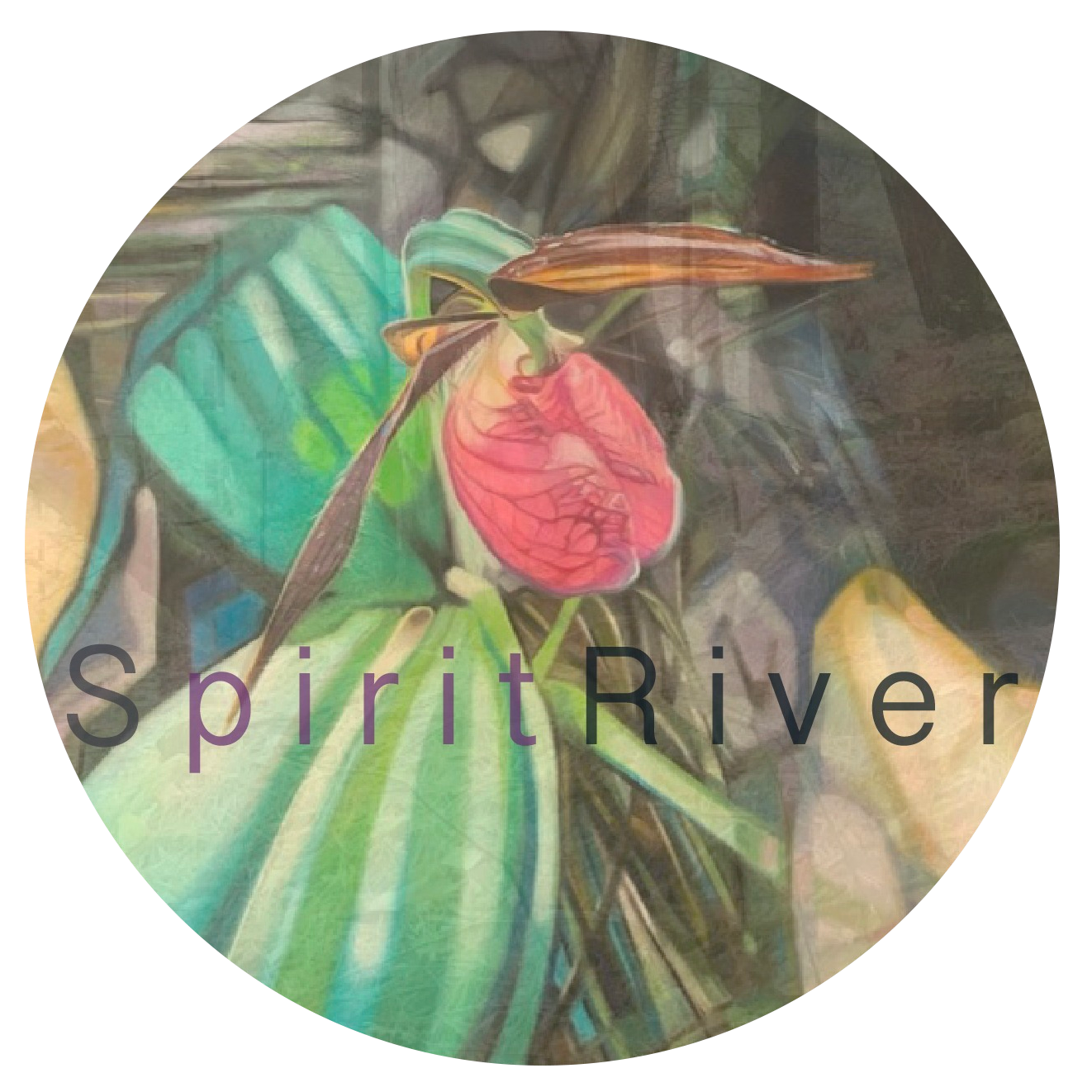
179 It’s Up To Me
Hey, this is Anne with your Coaching on the Go, talking about leadership distinction number one, which I’m just going to call number one, and it’s the idea around “If it’s to be, it’s up to me.”
Have you ever spent time working on a project with people?
Everybody’s got their fair share and they’re working on it, and then somebody is not doing it or something’s coming up, or maybe even you are dropping the ball on it.
That gets really frustrating.
You can’t figure out how to move forward, whether it’s you or somebody else.
If you are standing in this leadership distinction, leadership level four, this doesn’t happen because you find a way, you figure out a way.
You have enrolled yourself that when you say it, you do it.
When you are working on something, it doesn’t fall through the cracks.
You make sure it’s picked up and it’s moved forward.
That could look like you stepping in for somebody who has not been able to complete, it could look like you finding another person to get on board and help.
When I had the experience of my mom breaking her hip, I was in the middle of a lot of leadership training that was very demanding.
COVID was going on at the same time, so only two people could be at the hospital.
My father wanted to be one of those people, and then whoever started taking them, which I’m the power of attorney medical, was going to be the one taking them all the time.
At the same time, my dad would be home at night.
So I was running a program, I was in a training.
I have siblings all around the area, but different siblings were saying, “I don’t want to be around Dad, because if I get Dad sick, then he could get Mom sick.”
And they weren’t sick, so nobody was sick, but they were being proactive.
So, it left me.
Each person, for some reason, had some inability to show up and support.
For a while I was in a victim state, and then that state wasn’t helping me.
That’s level one leadership, there’s nothing going on there, so I decided to stand up and look at it in a different way.
How could I do it?
How could I create it?
What could I create?
What possibilities were available?
I contacted certain people and I did whatever I could to get support, and after that I just took my own life and my own schedule and I discovered what could be possible, and I did it and I completed it.
And one of the things I did while I was in that situation was I looked at what an honor it was to be able to be of service.
I decided that instead of me being a victim or having too much to do or people not supporting me, I was capable, and I was chosen because I was capable, and I was in a position of being able to support and I chose it.
And I would choose it over and over again, it’s where I wanted to be.
So once I stopped being in a victim mode, it was amazing how much energy and resourcefulness started showing up for me.
So how could you use this distinction, “If it’s to be, it’s up to me?”
You step into full responsibility in this distinction, and when the times get tough, you can say, “I was born for this, I was designed for this, I’m capable of this,” and watch what happens for you.
Watch how it feels.
It’s kind of like when you are starting to exercise, but you’re not doing it enough to really get stronger and have it get easier.
Once you make that decision and start getting really consistent, it gets easier, and that’s what happens in this leadership distinction.
You stop being in a gray area and you step all the way in, and when things don’t go as planned, you get right into possibility and resourcefulness, and you will be amazed at how much creative thinking you get access to and how fun it gets, actually.
So I’d love to see you post in the Facebook page about this distinction, chat about this.
How do you feel about the idea that if it is to be, it’s up to you?
Sending you big love, and coaxing you to go to this high level and stay up there.